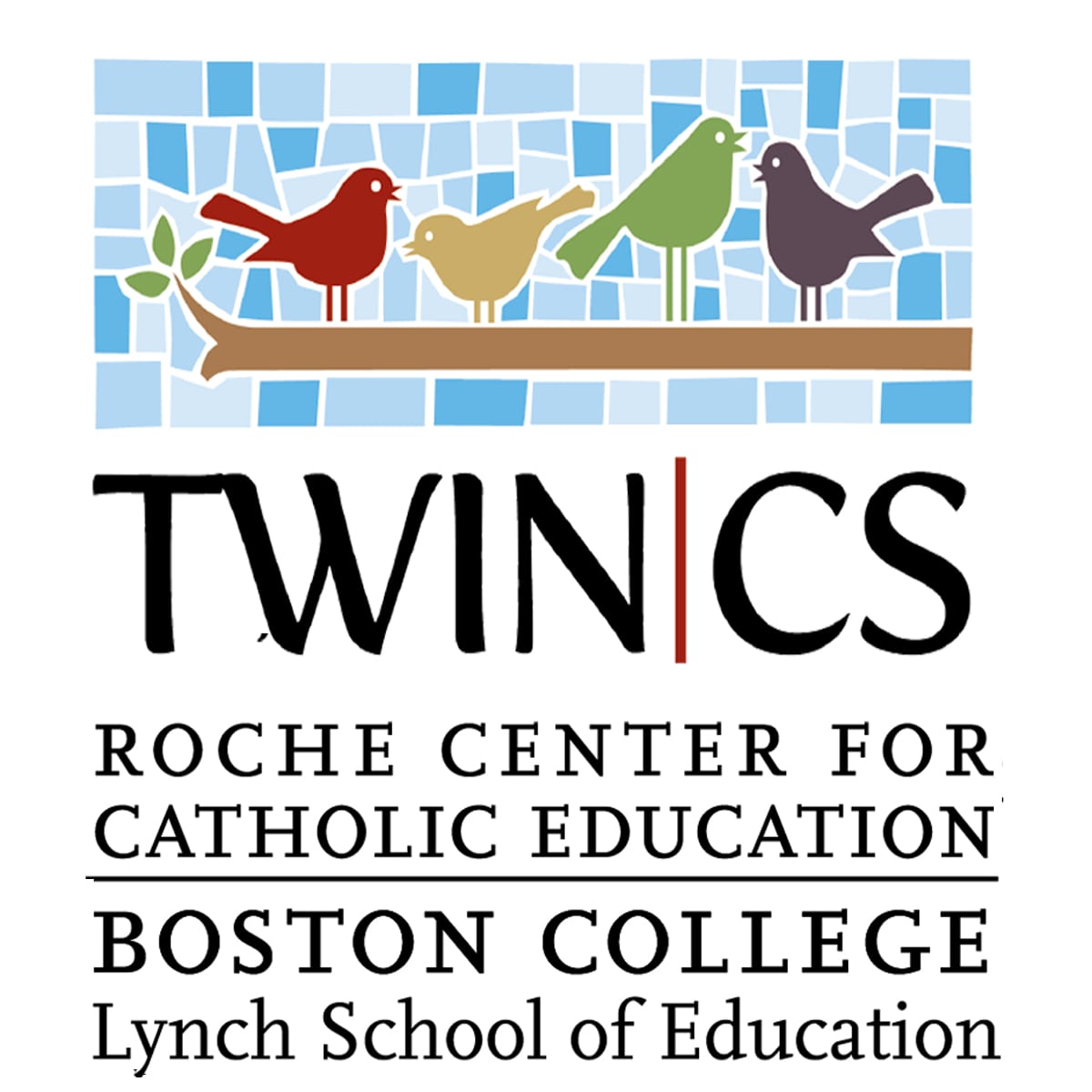Ingrid T. Colón, researcher for New America, has recently published an article on translanguaging and its effects on bilingual education. Translanguaging, as members of TWIN-CS are well-aware, is the process by which “bilingual students use their languages in conjunction [with another language]… rather than keeping them separate.”
Translanguaging and its use in the bilingual classroom has been a subject of contention for many years, but Dr. Ofelia García, a professor of Urban Education and of Latin American, Iberian, and Latino Cultures (LAILAC) at the Graduate Center of the City University of New York, purports that bilingual students “should be able to use both of their languages to communicate what they know and can do.”
In short, bilingual students should be able to translanguage in the classroom.
Colón suggests that translanguaging “happens fluidly in the classroom,” and offers teaching strategies to support this practice in the classroom. For example, Colón recommends asking students to write stories with bilingual characters who use both of their languages which will, in turn, provide a “flexible and comfortable space for students to fully share what they know across all of their languages.”
Colón cites a research article by García and co-authors María Teresa (Maite) Sánchez and Cristian Solorza to further argue that translanguaging is necessary for dual language education (DLE) programs. Translanguaging has its place in DLE, according to these researchers, as it allows for a “language allocation that more coherently reflects the dynamic nature of bilingualism.”
In this vein, Sánchez, García and Solorza indicate that “language allocation policies that offer more flexibility to incorporate translanguaging practices could work within existing DLE program models.” They propose that programs adopt a translanguaging allocation policy that includes the following three components:
- Translanguaging documentation
Documentation allows teachers to gather evidence “that can be used to holistically assess students’ linguistic abilities and academic development.” This particular component allows teachers “to assess and recognize the creative and dynamic ways their students are learning and applying language,” and adjust classroom instruction correspondingly.
- Translanguaging rings
A translanguaging ring is an instructional strategy that lets teachers “build on students’ home languages to enhance their learning experiences,” which also helps students understand how their languages are connected. Colón offers the example of a student discussion of the “commonalities that exist between their home languages and English by identifying cognates or words that have similar spelling, pronunciation, and meaning (such as ciencia/science) during a reading lesson.”
- Translanguaging transformative spaces
These spaces allow students to “be themselves and to speak the way they do outside of school,” which reaffirms and celebrates the students’ multilingual practices. Most importantly, these spaces provide students “with the opportunity to critically question instances when their full language abilities have been constrained and delegitimized in their educational experiences.”
Colón concludes the article by acknowledging ways that DLE can integrate, elevate, and validate translanguaging into their curriculum which empowers bilingual students “to use all of their languages abilities to support their learning.”
Please find the complete article here.

